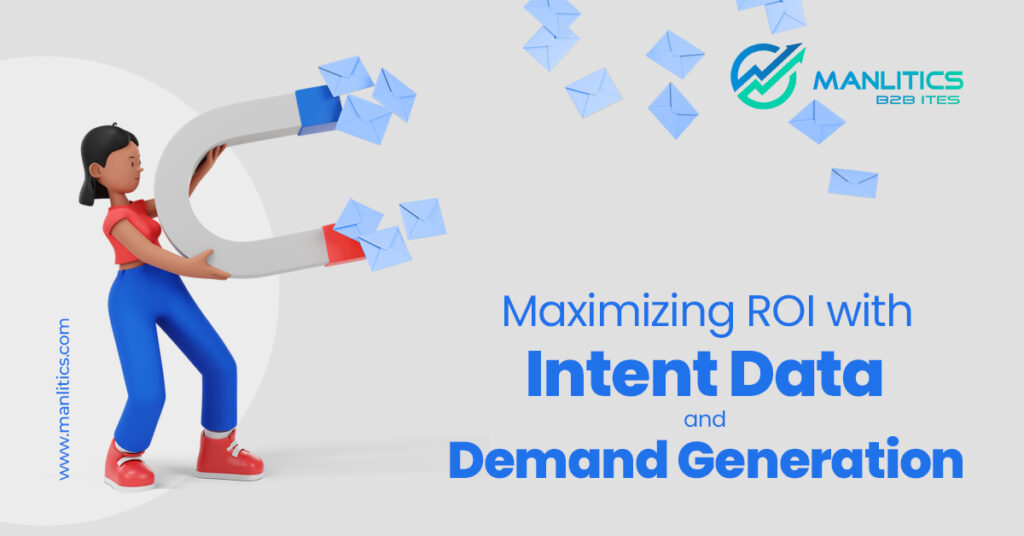
Maximizing ROI with Intent Data and Demand Generation
Intent data and demand generation are two key components of a successful marketing strategy, and when used together, they can help your company achieve a high return on investment (ROI). In this blog, we’ll explore what intent data and demand generation are, how they can be used to maximize ROI, and best practices for integrating them into your marketing efforts.
What is intent data?
Intent data refers to information about a person’s online behavior that indicates their interests or intent to purchase. This can include website visits, searches, social media interactions, and content downloads. By tracking this data, companies can gain a better understanding of what potential customers are interested in and tailor their marketing efforts accordingly.
What is demand generation?
Demand generation is the process of attracting and converting potential customers through a variety of marketing efforts. This can include inbound marketing, content marketing, email marketing, social media marketing, event marketing, and more. The goal of demand generation is to create demand for a company’s products or services and generate leads that can be nurtured into paying customers.
How can intent data and demand generation be used to maximize ROI?
Intent data and demand generation can be used together to create a more targeted and personalized marketing strategy. By using intent data to understand what potential customers are interested in, companies can create demand generation campaigns that are more likely to resonant with their target audience. This can result in higher conversion rates and a higher ROI.
For example, let’s say a company sells software for small businesses. Using intent data, the company can identify individuals who have recently visited websites related to small business software or searched for terms related to the software. They can then create a demand generation campaign targeting these individuals with personalized emails or ads that showcase the benefits of their software and how it can solve specific problems faced by small businesses. This targeted approach is more likely to result in conversions than a generic campaign that is not tailored to the needs and interests of the target audience.
Best practices for integrating intent data and demand generation
Here are some best practices for integrating intent data and demand generation:
1. Use intent data to segment your audience: By segmenting your audience based on their intent data, you can create more targeted and personalized demand generation campaigns.
2. Integrate intent data into your lead nurturing efforts: Use intent data to understand where potential customers are in the sales funnel and tailor your lead nurturing efforts accordingly.
3. Monitor and track the performance of your campaigns: Use tools like Google Analytics or a marketing automation platform to track the performance of your demand generation campaigns and see how they are impacting your ROI.
4. Continually test and optimize: Don’t be afraid to experiment with different demand generation strategies and see what works best for your company. Use intent data and performance tracking to continually optimize your campaigns and improve your ROI.
Conclusion:
Intent data and demand generation are powerful tools that can help your company maximize its ROI. By using intent data to create targeted and personalized demand generation campaigns, you can attract and convert more potential customers and drive sales. By following best practices and continually testing and optimizing your efforts, you can continue to improve your ROI over time.





